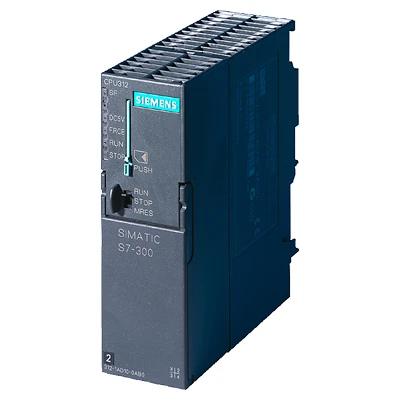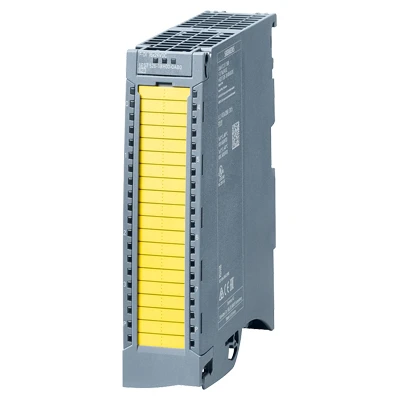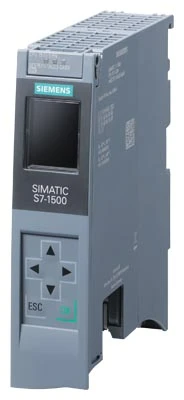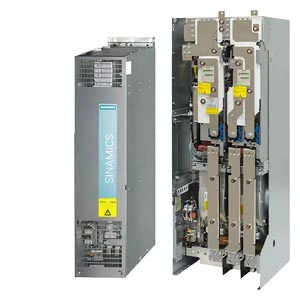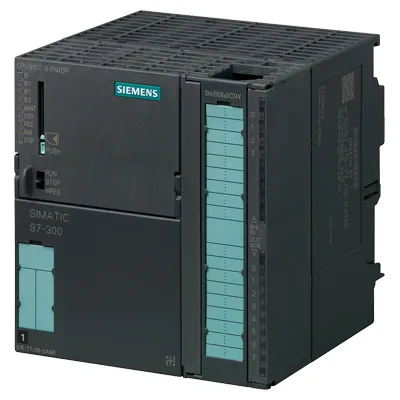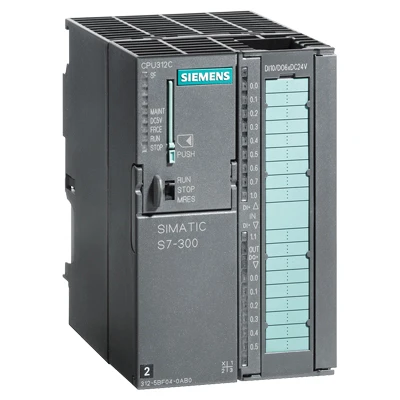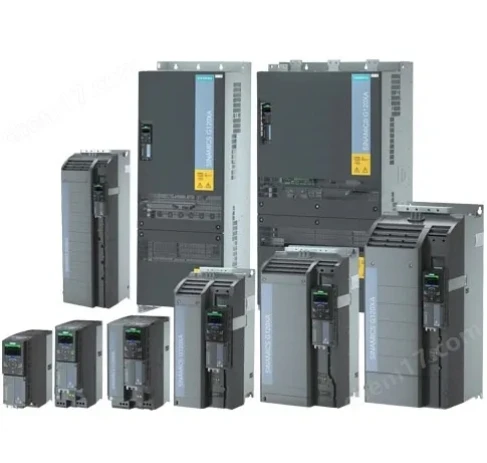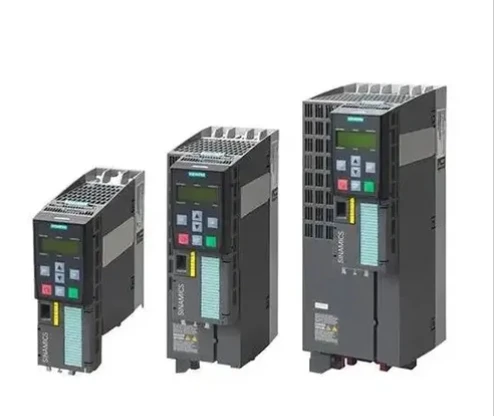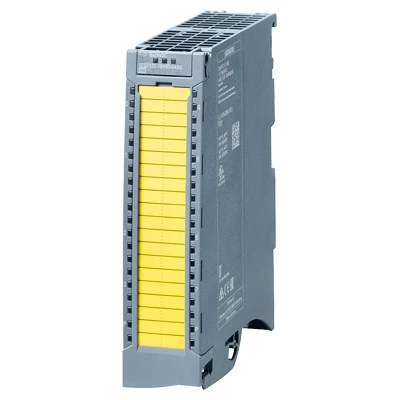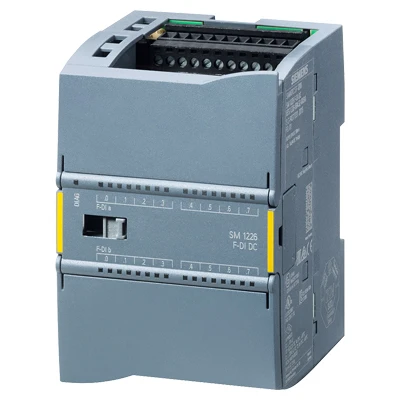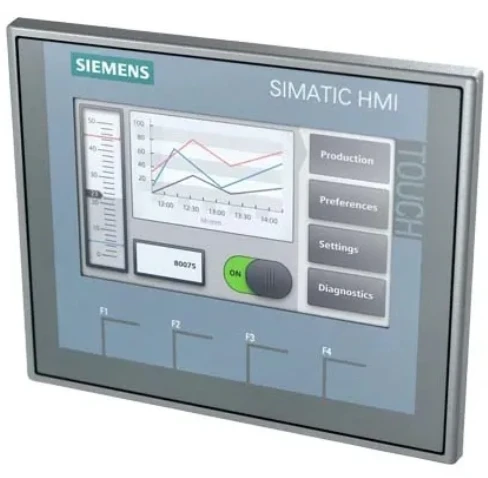VFD Variable Frequency Drives Optimize Motor Efficiency & Control
- Overview of VFD and Variable Frequency Technology
- Technical Advantages of Modern VFD Systems
- Comparative Analysis of Leading VFD Manufacturers
- Custom Solutions for Industrial Applications
- Real-World Use Cases and Performance Metrics
- Future Trends in Variable Frequency Drive Technology
- Why Choose VFD for Energy Efficiency?
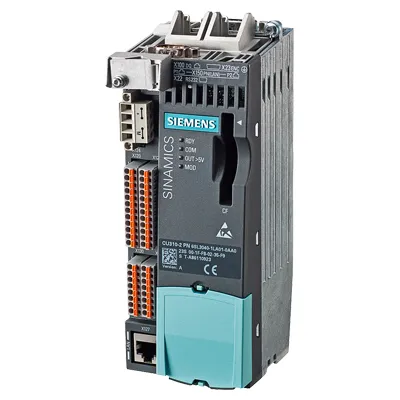
(vfd variable frequency)
Understanding VFD and Variable Frequency Technology
Variable Frequency Drives (VFDs) are critical components in industrial automation, enabling precise control of motor speed and torque. By adjusting both voltage and frequency output (variable voltage variable frequency control), these systems optimize energy consumption in applications ranging from HVAC to heavy machinery. Recent studies show that industries adopting VFDs reduce energy costs by 25-40% compared to fixed-speed systems.
Technical Advantages of Modern VFD Systems
Advanced VFDs now incorporate AI-driven predictive maintenance and regenerative braking. Key benefits include:
- 98.5% operational efficiency in optimal conditions
- ±0.2% speed regulation accuracy
- IP66-rated enclosures for harsh environments
These systems also support multiple control modes: scalar (V/f), vector control, and direct torque control (DTC).
Comparative Analysis of Leading VFD Manufacturers
| Brand | Efficiency | Voltage Range | Control Methods |
|---|---|---|---|
| ABB ACS880 | 99% | 380-690V | DTC, V/f |
| Siemens G120X | 98.7% | 400-480V | Vector, V/f |
| Danfoss VLT® | 98.2% | 200-600V | VVC+, V/f |
Custom Solutions for Industrial Applications
Tailored VFD configurations address sector-specific needs:
- Mining: 500kW drives with reinforced cooling for conveyor systems
- Water Treatment: Explosion-proof units with harmonic filtering
- HVAC: Compact 22kW drives with BACnet integration
Real-World Use Cases and Performance Metrics
A manufacturing plant achieved 34% energy savings after retrofitting 75kW pumps with Yaskawa VFDs:
- Annual kWh reduction: 182,000
- Payback period: 1.7 years
- CO₂ emissions cut: 128 metric tons/year
Future Trends in Variable Frequency Drive Technology
Emerging innovations include silicon carbide (SiC) semiconductors boosting efficiency to 99.3%, and IoT-enabled drives providing real-time analytics. The global VFD market is projected to grow at 6.8% CAGR through 2030, driven by Industry 4.0 adoption.
Why Choose VFD for Energy Efficiency?
Implementing variable frequency drive solutions delivers measurable ROI while supporting sustainability goals. Data from 450 industrial sites confirms average 29% reduction in motor-related energy costs post-VFD installation. For comprehensive technical specifications, refer to our variable voltage variable frequency drive PDF library.
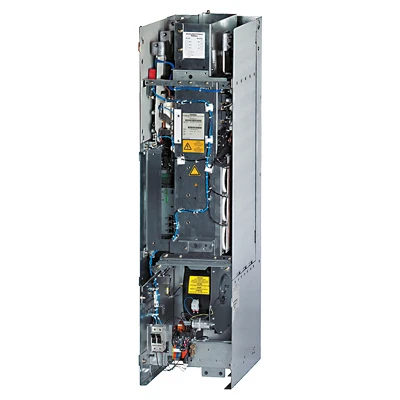
(vfd variable frequency)

